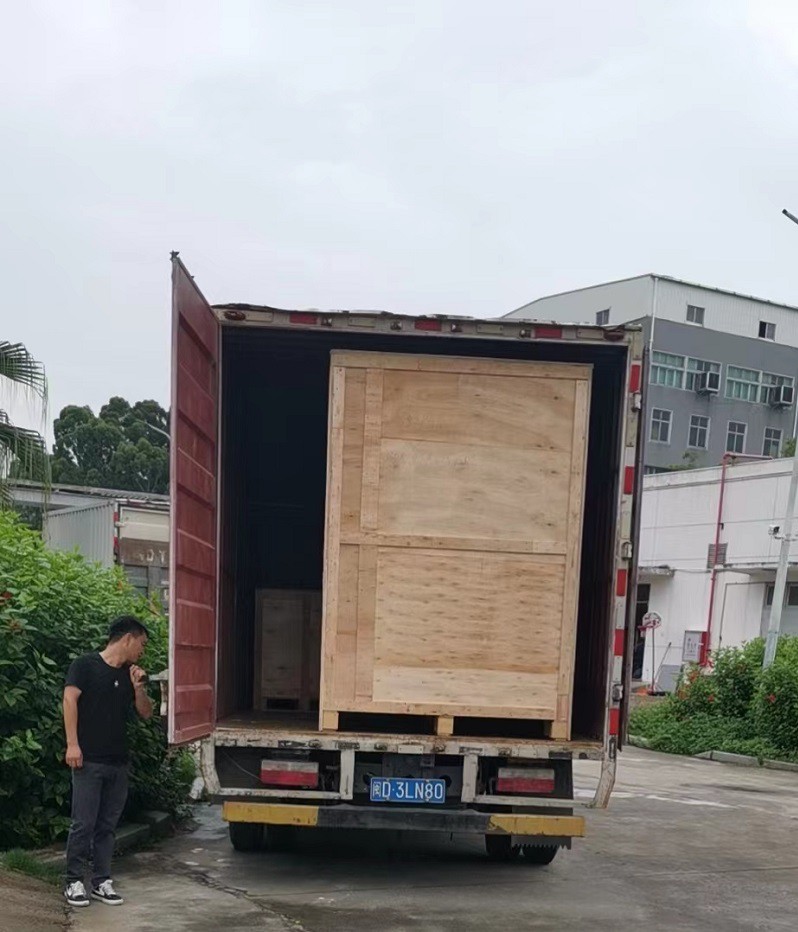
2018-04-11
Positive and negative compaction: if the positive and negative compaction is too high, the energy density of the cell can be improved, but the recycling performance of the material will be reduced to a certain extent. Theoretically, the larger the compaction, the greater the damage to the structure of the material, and the structure of the material is the basis to ensure that the lithium ion battery can be recycled. In addition, the higher positive and negative compaction of the cell is difficult to ensure a higher liquid retention, and the liquid retention is the basis of the cell to complete the normal cycle or more cycles.
Moisture: Too much water will react with the positive and negative active substances, destroy their structure and thus affect the circulation. At the same time, too much water is not conducive to the formation of SEI membrane. But in the trace water is difficult to remove at the same time, trace water can also ensure the performance of the cell to a certain extent.
Coated film density: it is an almost impossible task to consider the effect of film density on circulation in a single variable. Inconsistent film densities either lead to differences in capacity, or differences in the number of layers wound or laminated. For the same type of cell with the same capacity and the same material, reducing the film density is equivalent to increasing the number of winding or laminating layers by one or more layers, and the corresponding increase in the diaphragm can absorb more electrolyte to ensure circulation. Considering more thin film density can increase rate performance of the batteries, the pole piece and naked batteries baked in addition to the water will be easier, too, of course, when the density of thin film coating of error may be more difficult to control, active substances in the larger particles may also cause negative effect to coating, rolling, more layer means more foil and diaphragm, That in turn means higher costs and lower energy density. Therefore, the evaluation also needs to be balanced.

2018-04-11 17:26:11

2018-04-11 17:26:11
+86-592-3926659
C329l1, Block BC, 1021 Houhai Avenue, Yuyi Community, Shekou Street, Nanshan District, Shenzhen